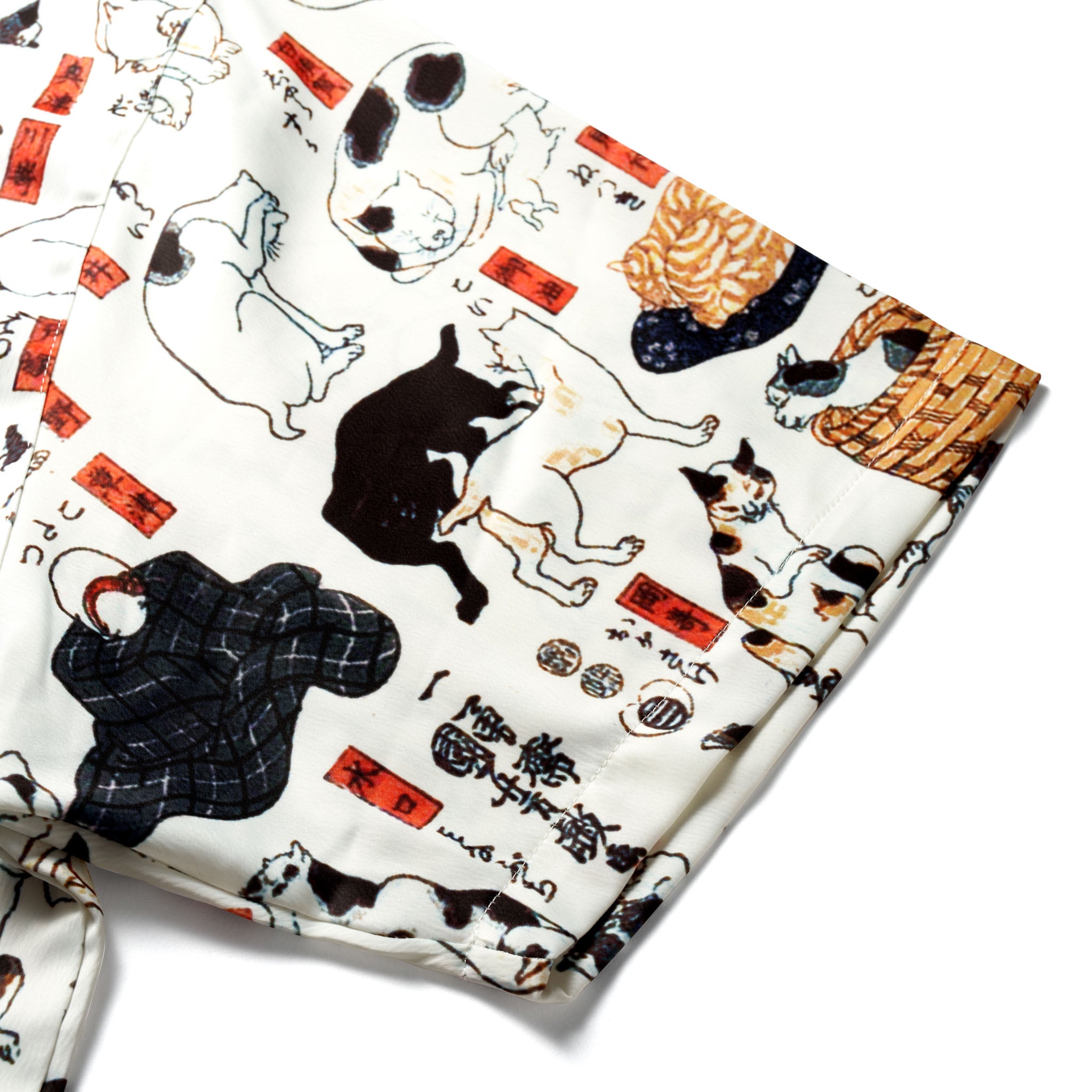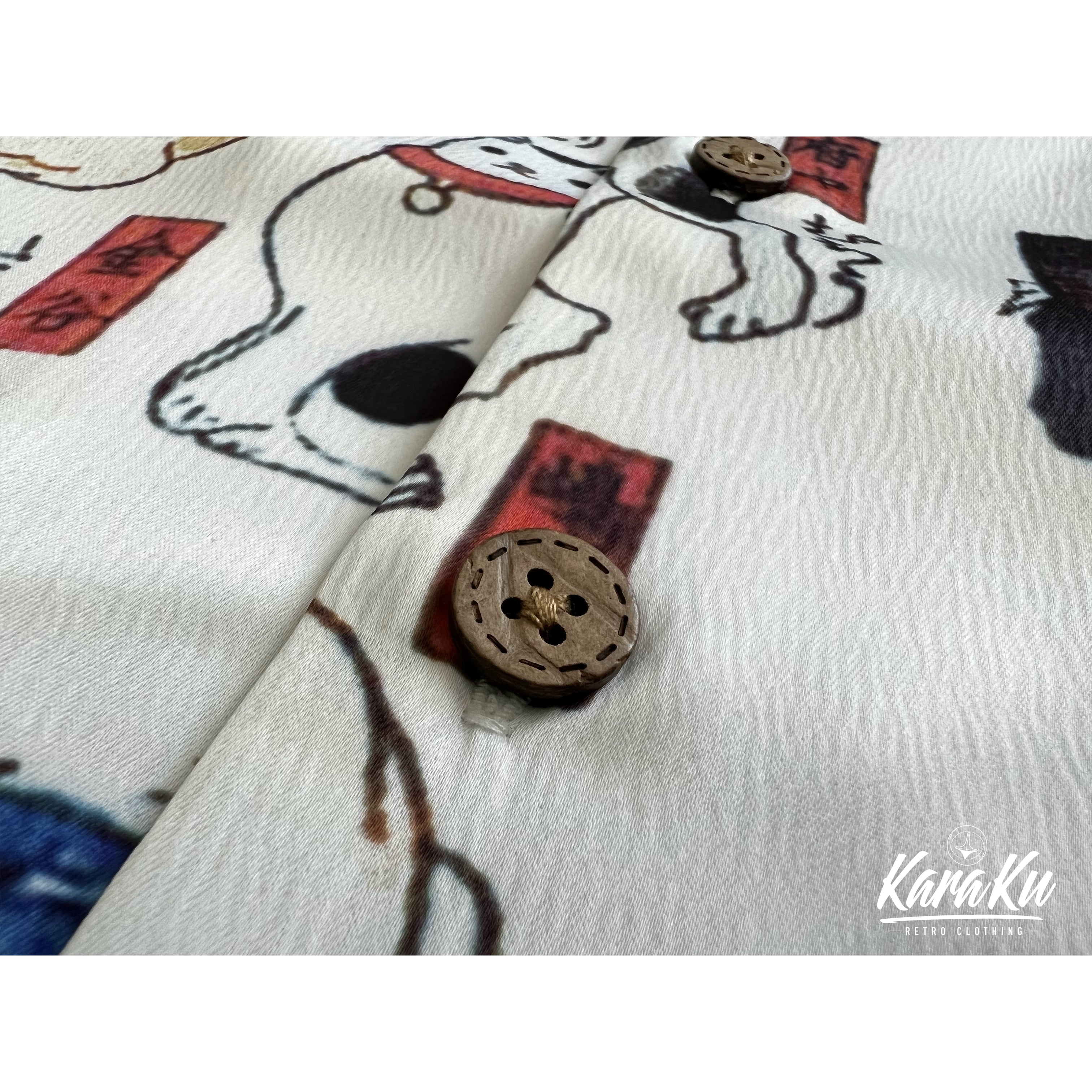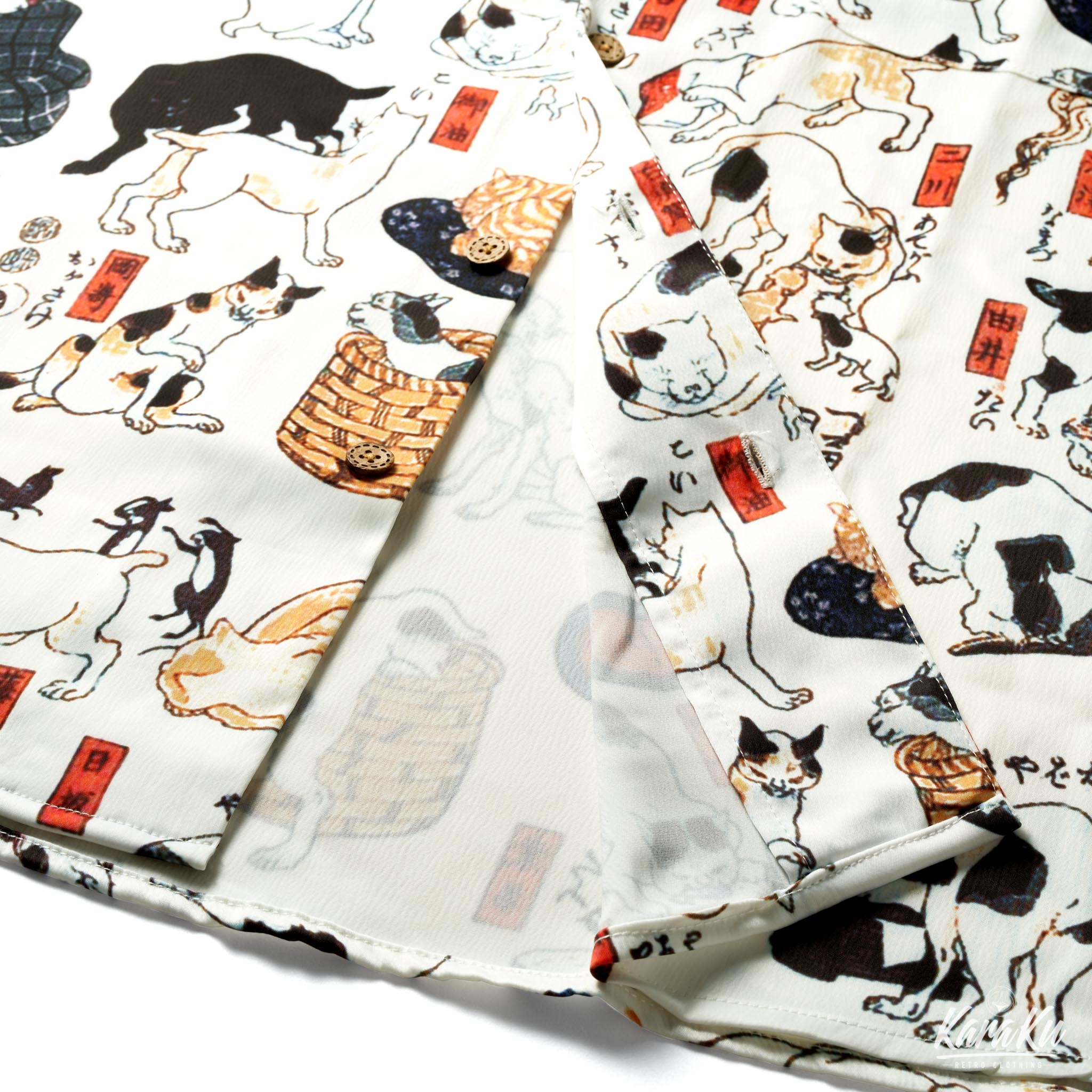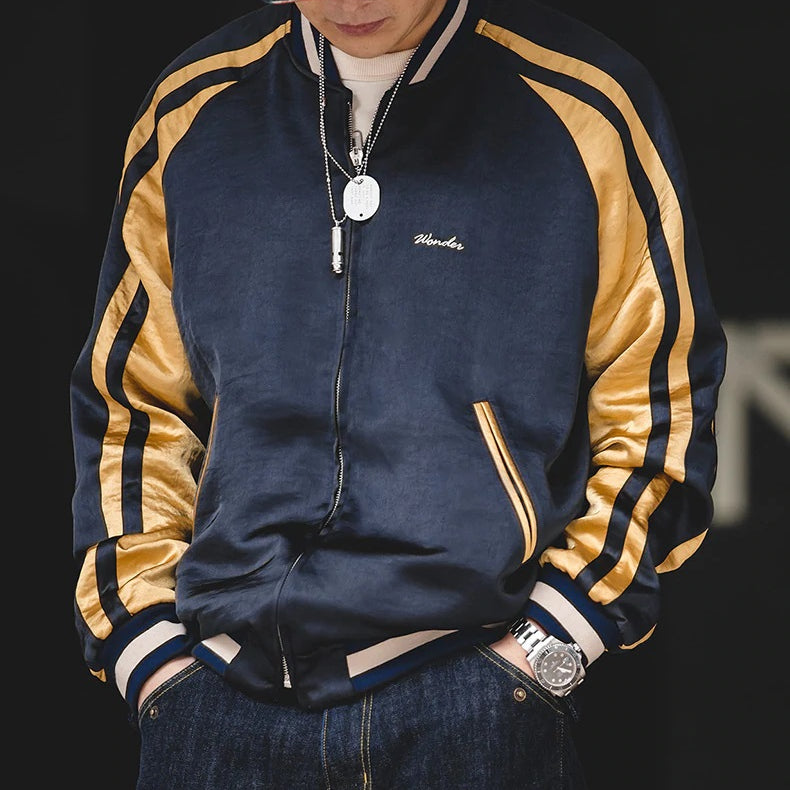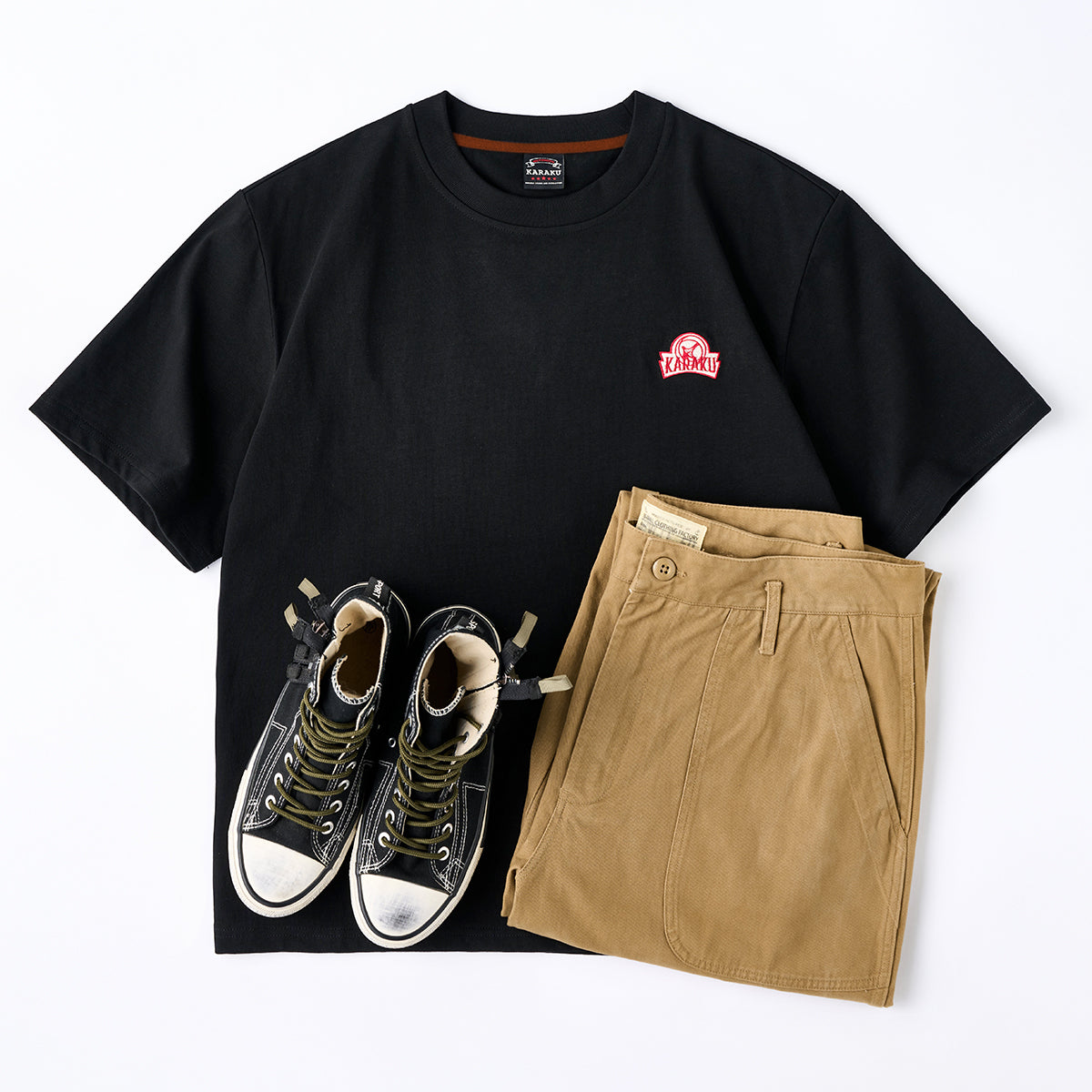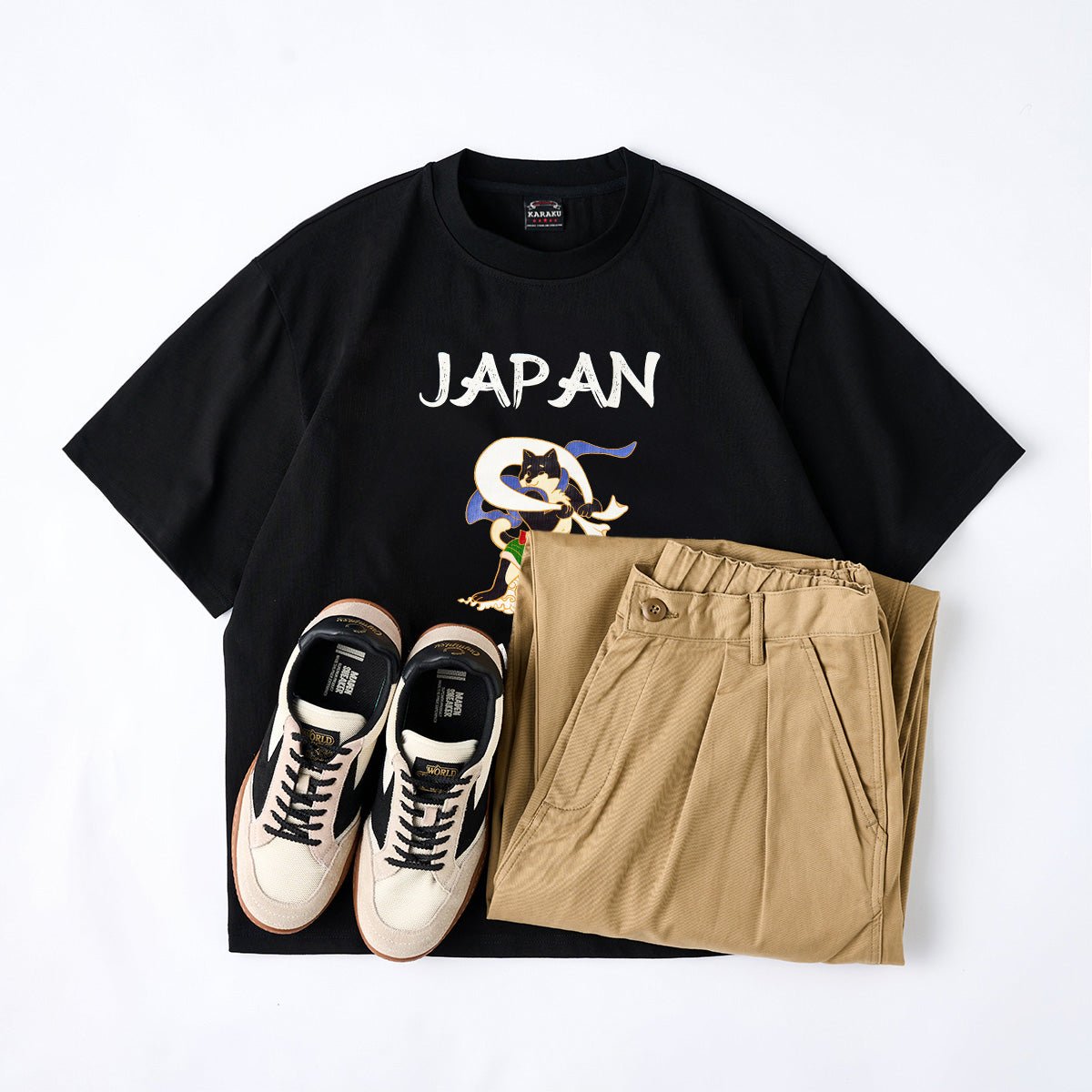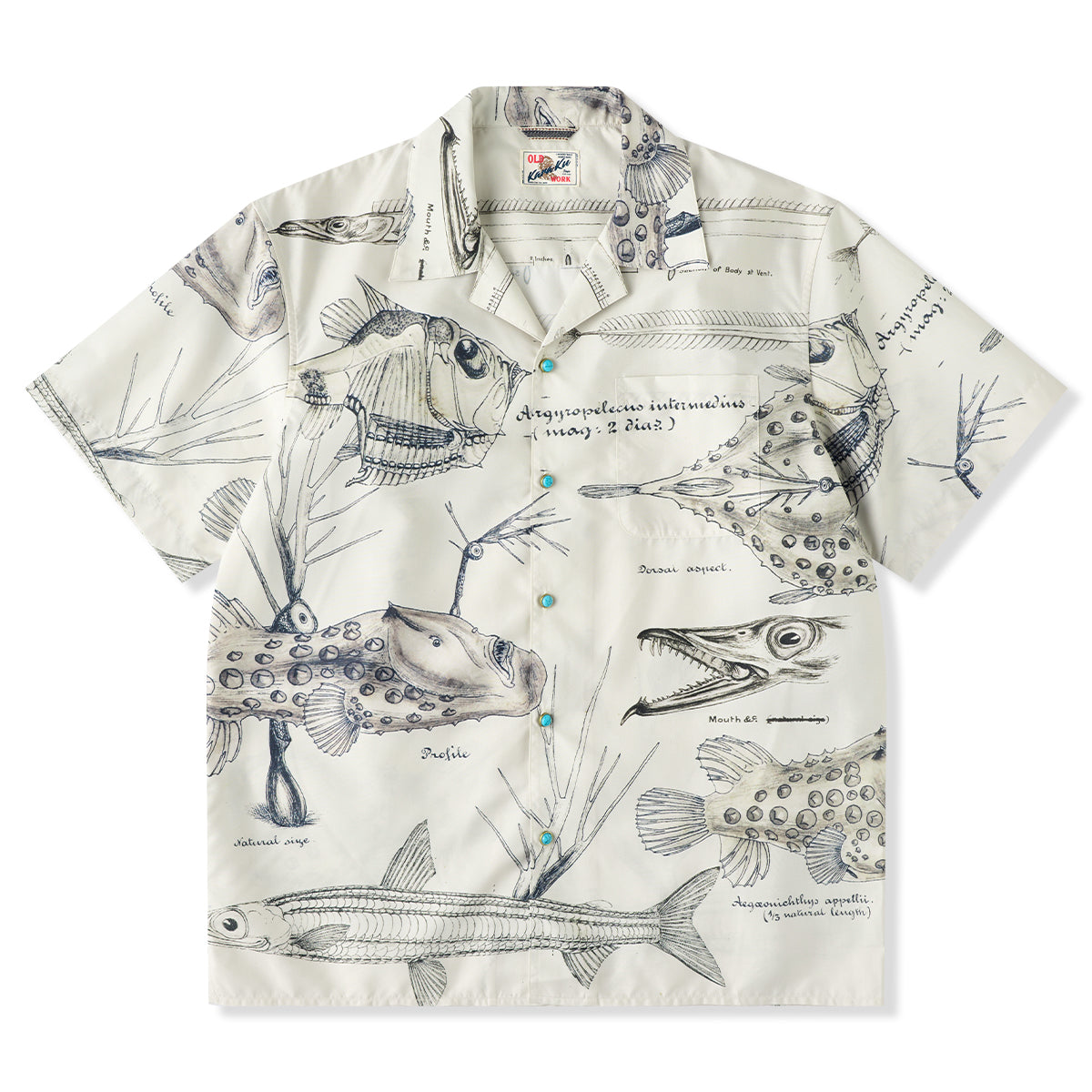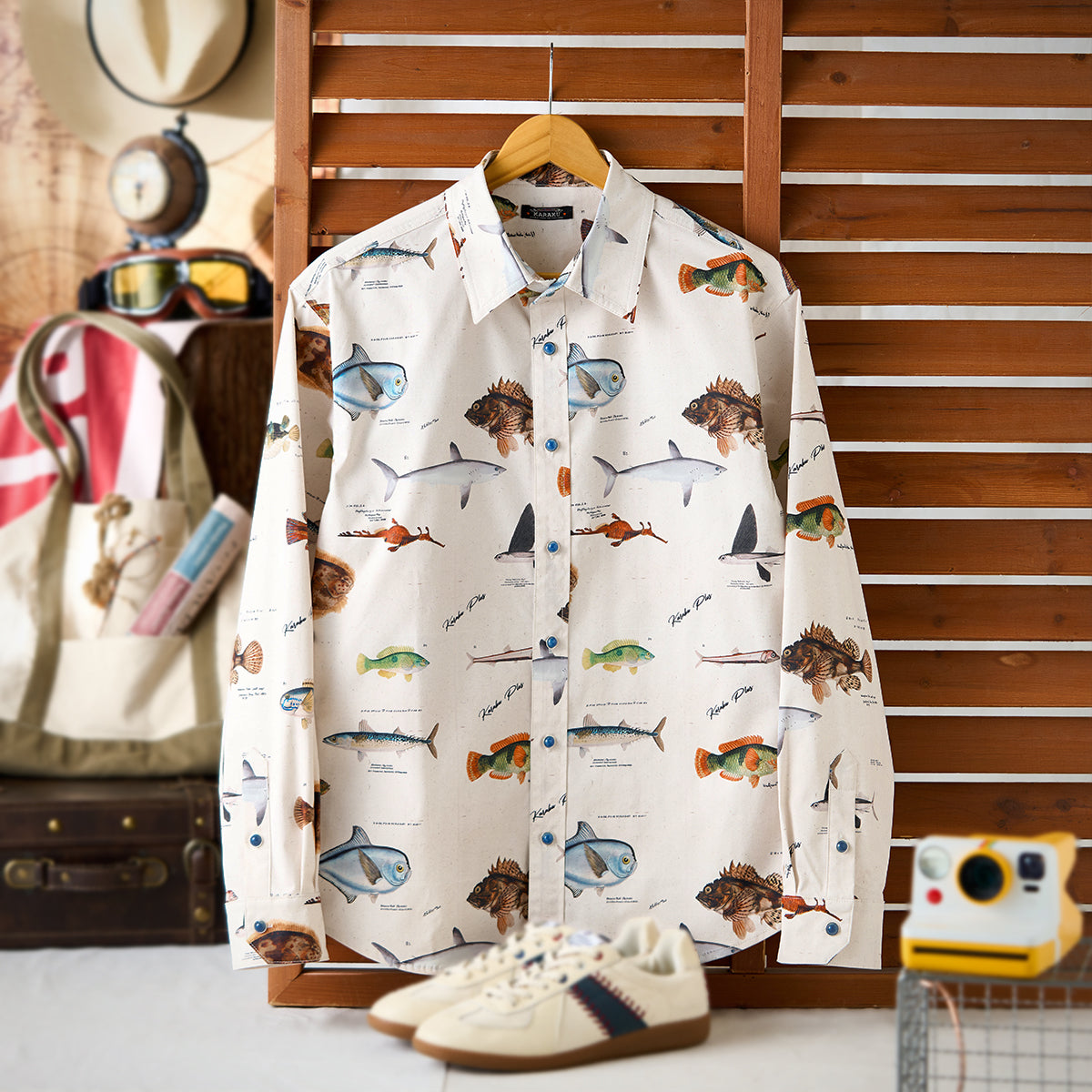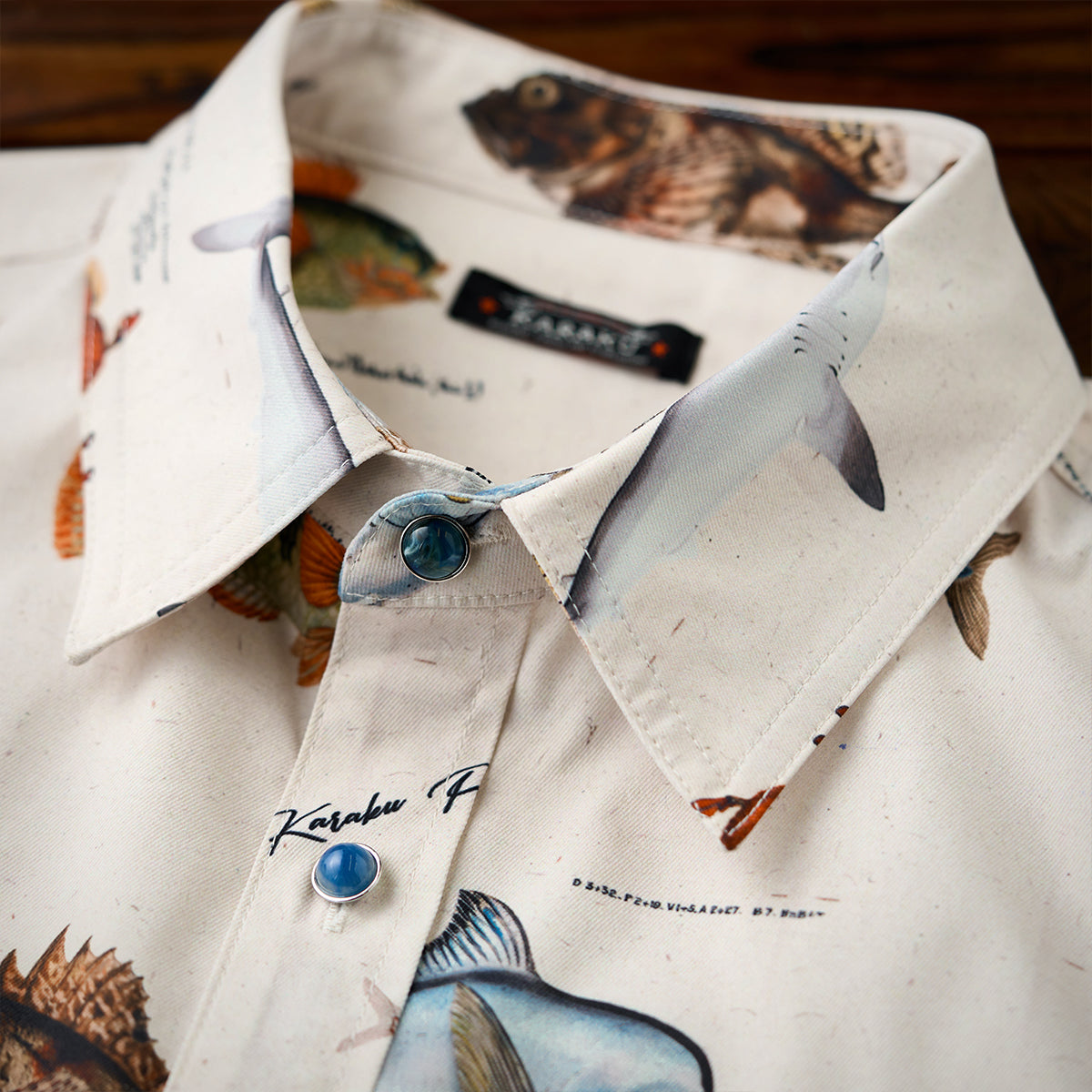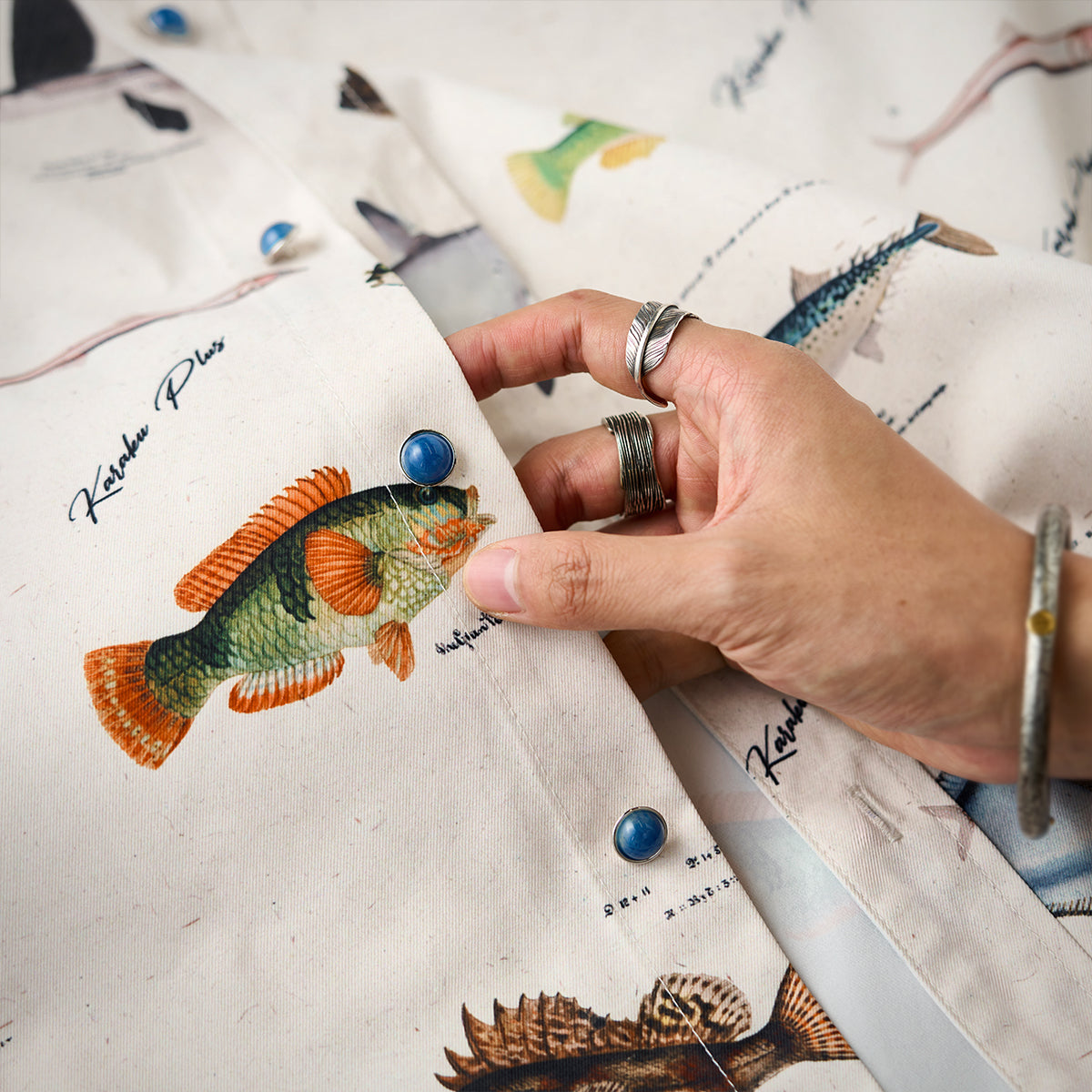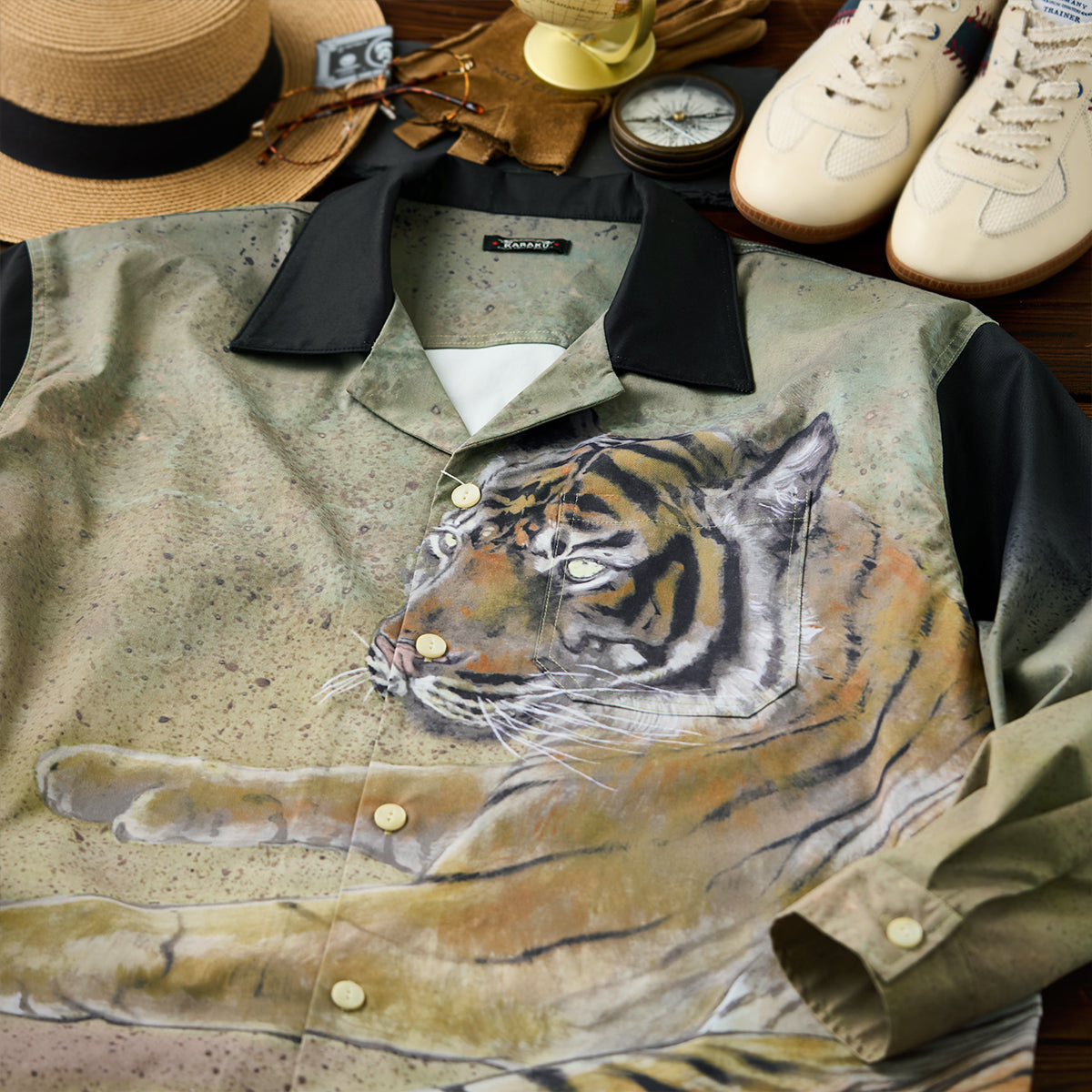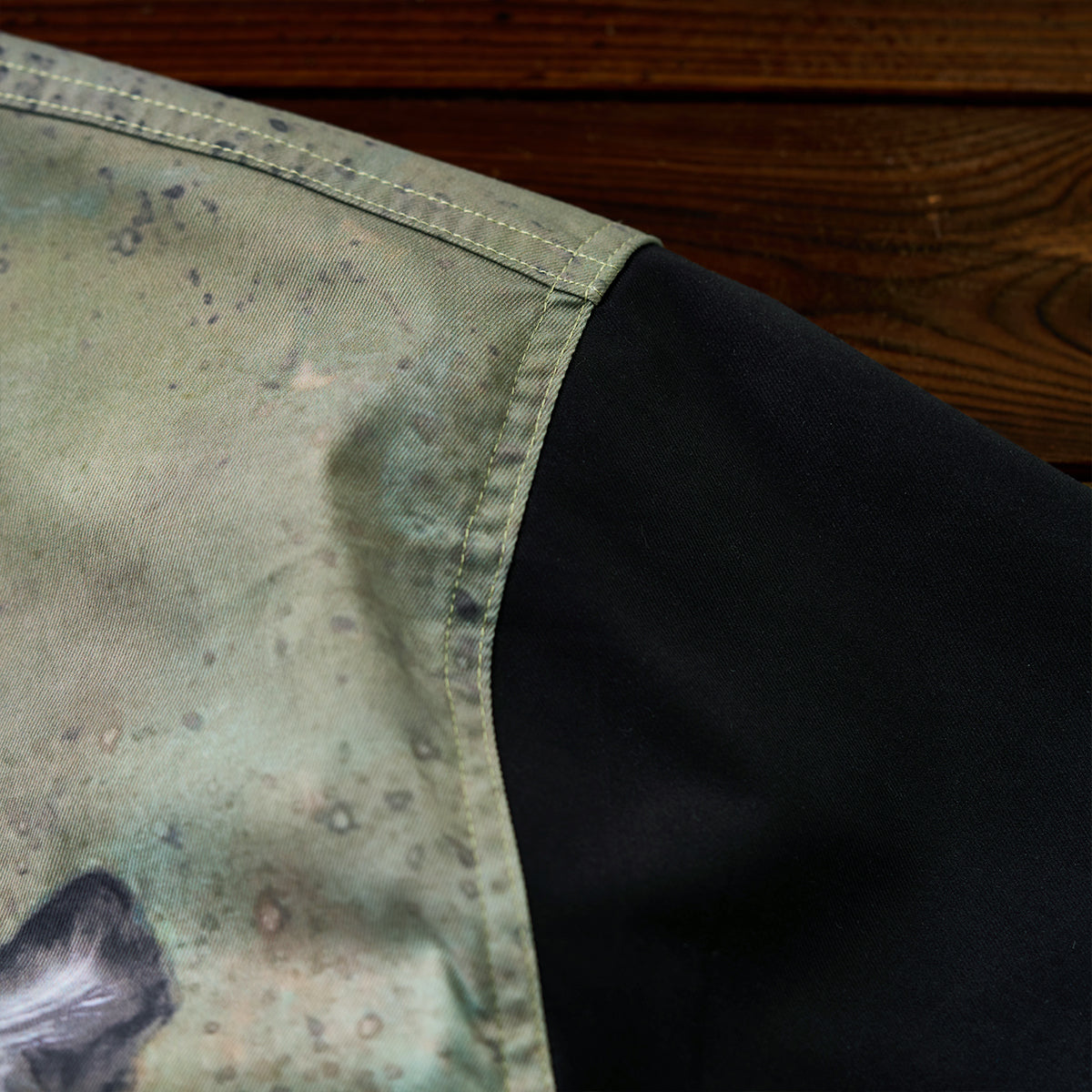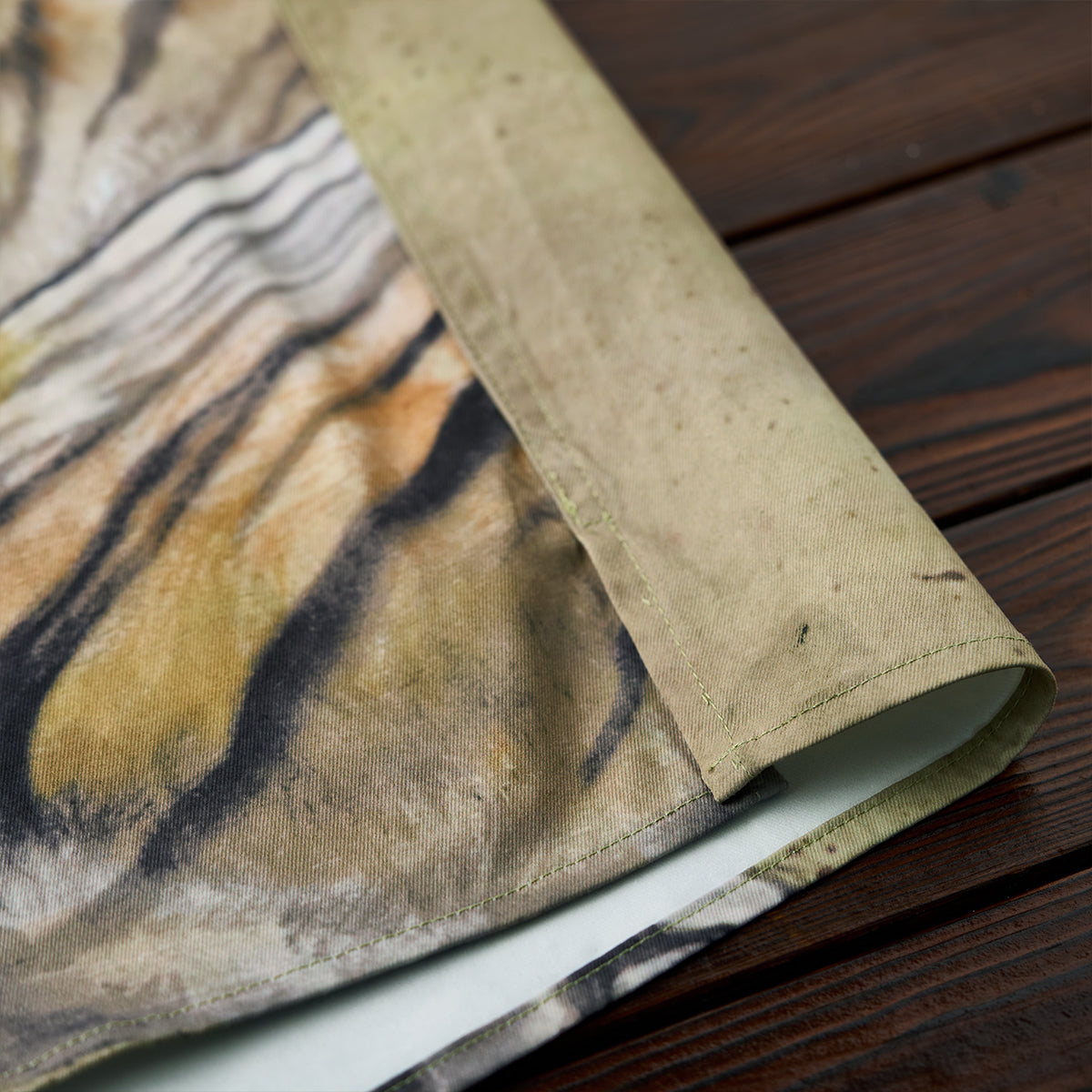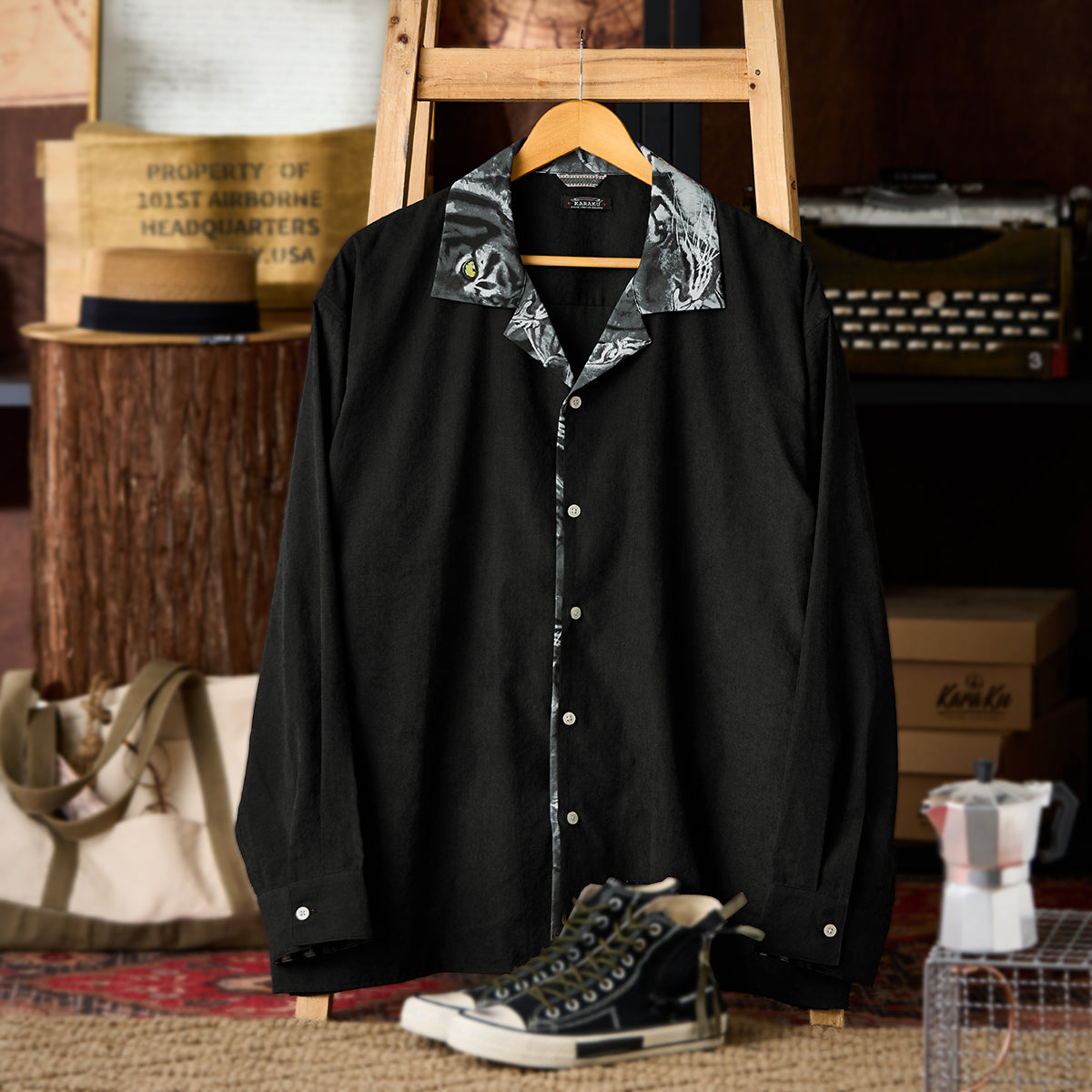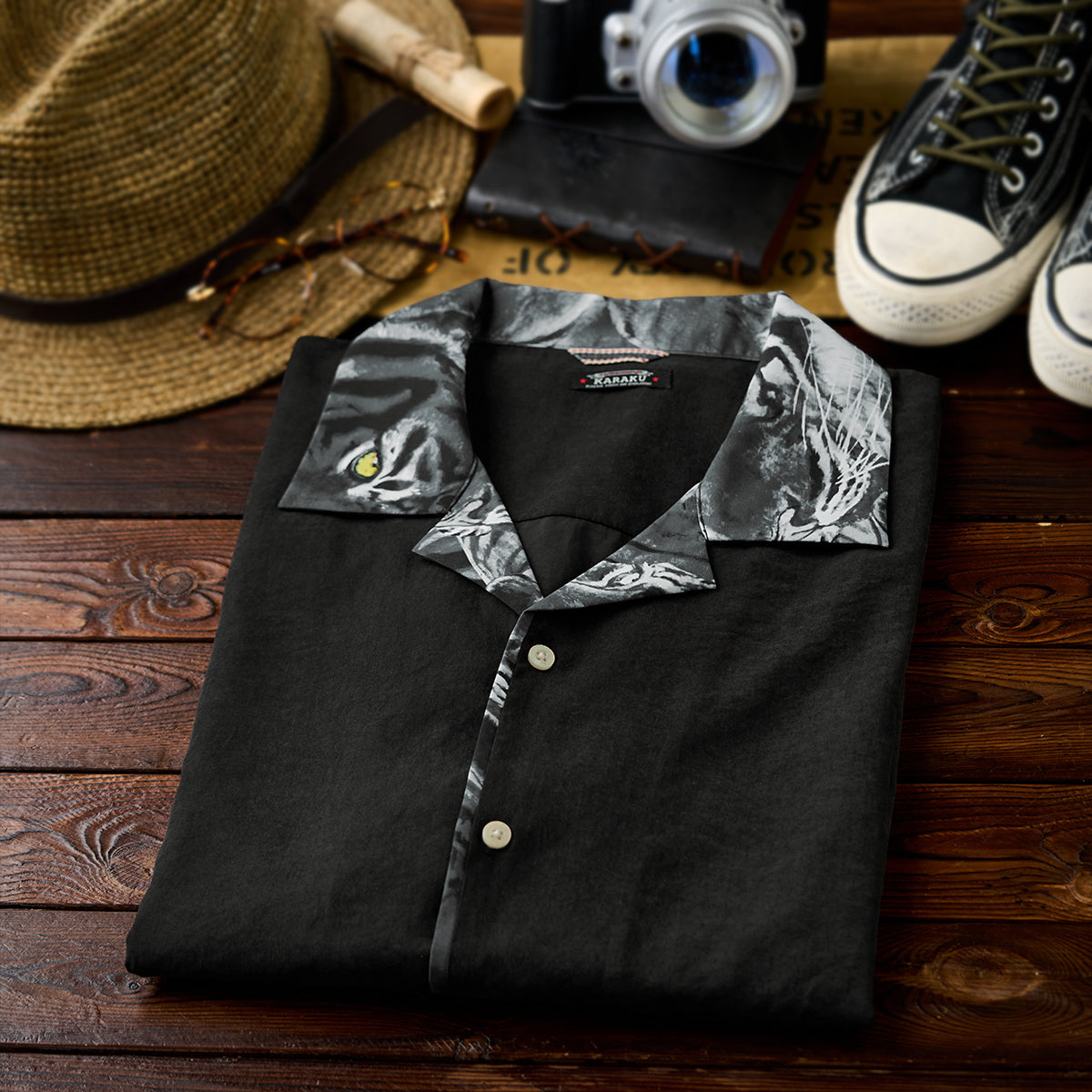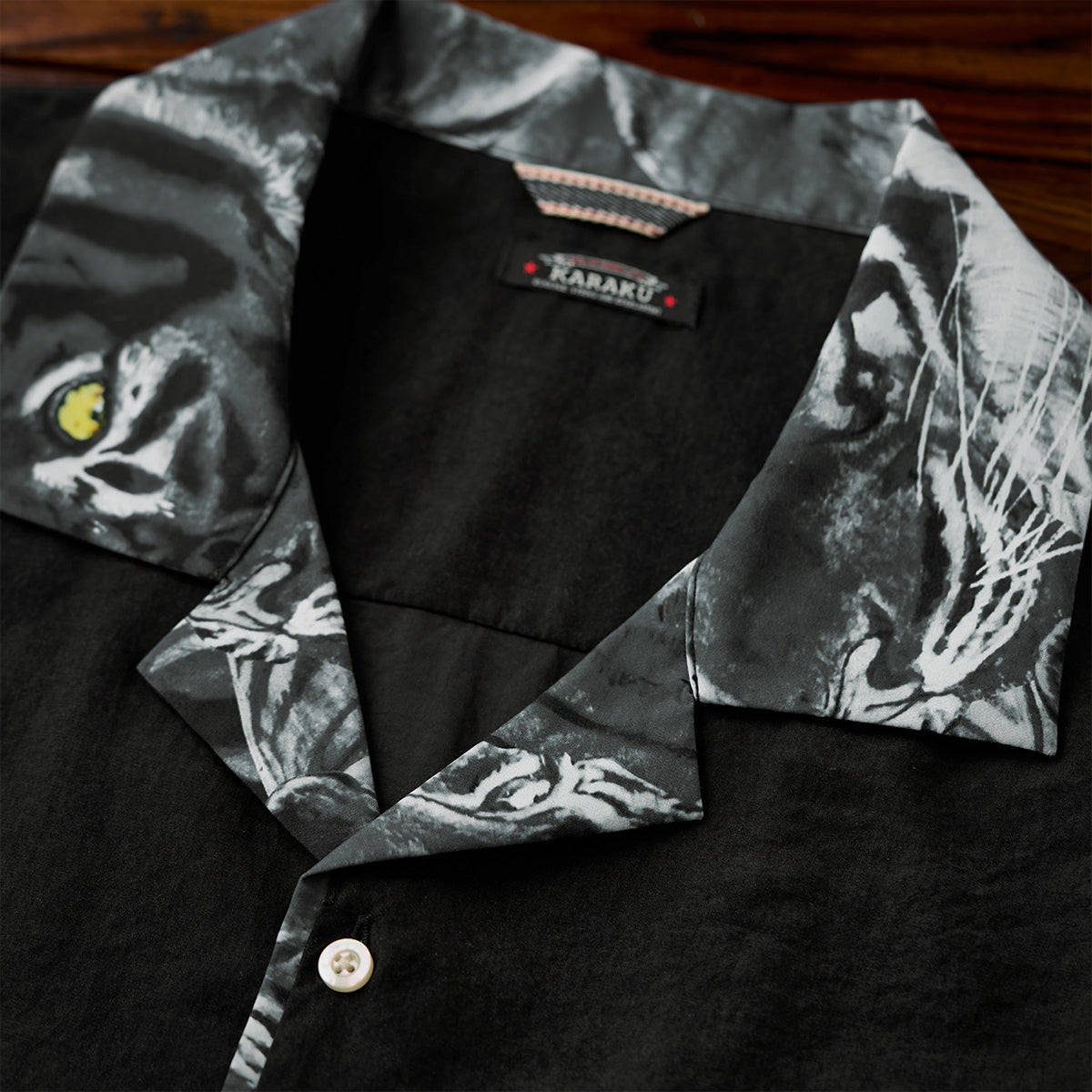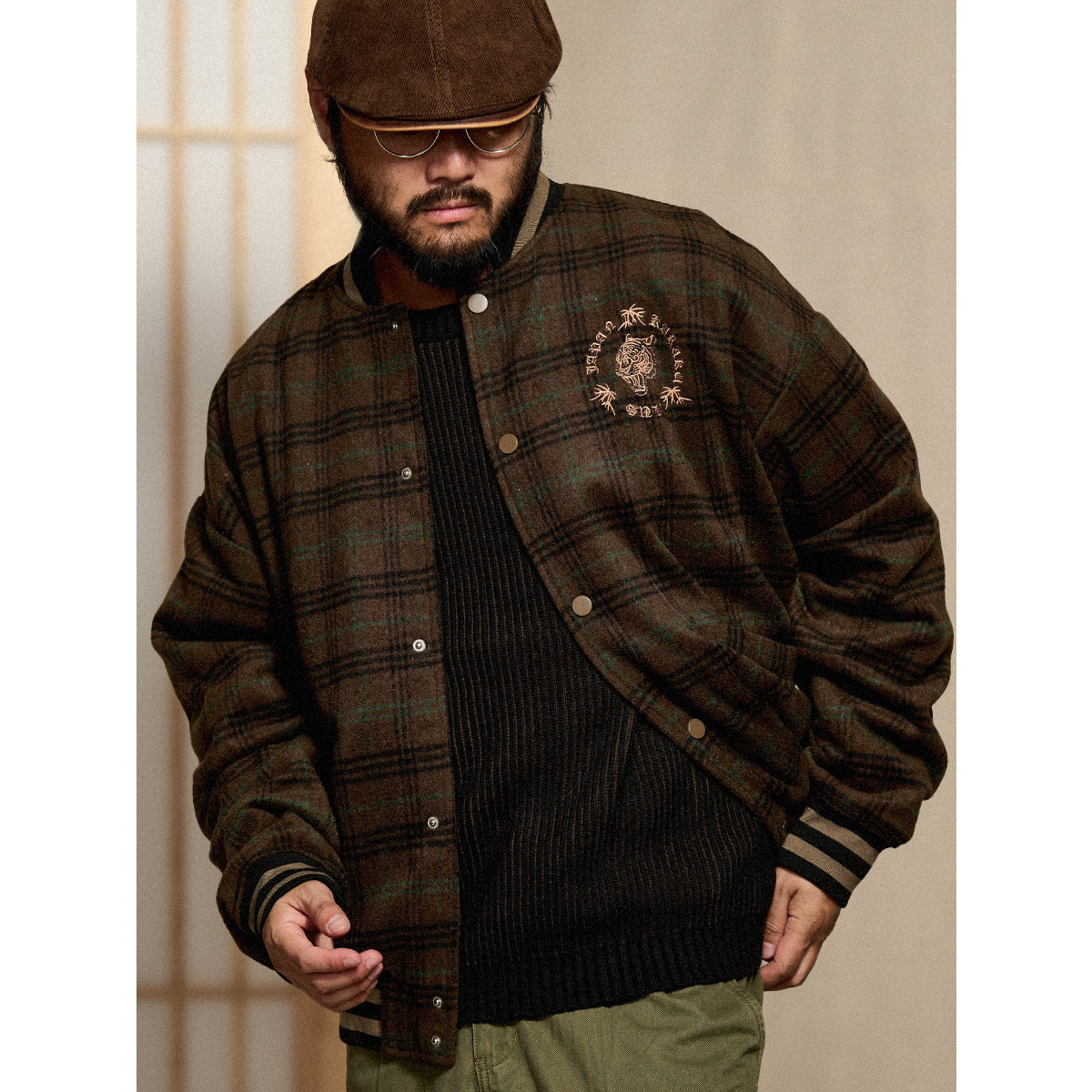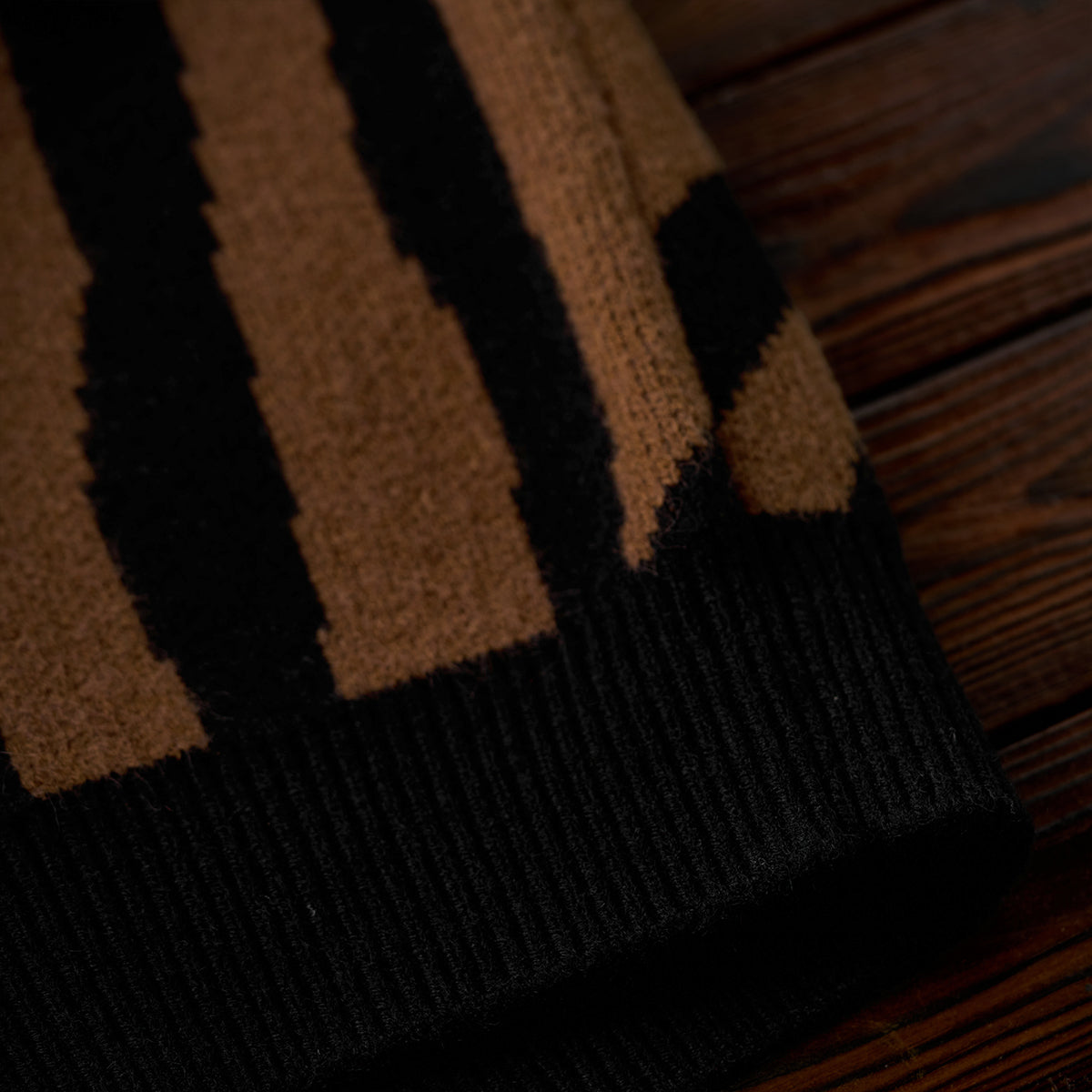Patterns related to animals: What are auspicious auspicious patterns?
Since ancient times in Japan, there have been animals that are said to be “lucky animals,” and this idea has become part of our daily lives. Recommended for those who like classic Japanese pattern designs and standard Japanese pattern designs, and for beginners and experts alike.
“Crane” is a blessing that symbolizes longevity.

The auspicious bird "crane", which symbolizes abundant life force and longevity, is the perfect pattern for scenes that celebrate happiness. Many combinations with pine trees, turtles, and auspicious clouds can be seen, and there are various designs such as "origami cranes," "thousand paper cranes," "flying cranes," and "cloud cranes."
It has been considered a pattern suitable for scenes of praying and celebrating longevity. It is also a symbol of a happy couple because of the nature of cranes that once they become a pair, they will stay together for the rest of their lives.
“Vitality” and “longevity” come from the vitality of carp

"Deer" is the autumn season word

In ancient China, deer were said to be vehicles of the gods and were believed to be sacred. In addition, the deer has the same pronunciation as "Fukurokuju" (one of the seven gods of good fortune), so it is considered a lucky pattern and is also a symbol of longevity.
In Japan, deer are said to represent longevity, and have been used as motifs in paintings since ancient times. At Kasuga Taisha Shrine in Nara and Itsukushima Shrine in Hiroshima, they are called Shinroku and are worshiped as messengers of the gods.
Deer are mainly used in combination with autumn motifs such as autumn leaves and autumn grass, rather than being used alone. Deer and maple patterns can also be seen in kosode from the Heian period.
"Tiger" King of Beasts

The tiger has long been revered as the king of beasts. Therefore, it is said to be a symbol of bravery and kingship, and often appears in the ancestor myths of the royal families of East Asia.
In addition, the tiger is said to be a god of the mountains because it runs around the fields, it is said to be healthy because it is useful as a source of medicine, and it is said to have auspiciousness such as disaster prevention because it has the power to create wind.
Since ancient times, the tiger has been a symbol of courage and prowess, as well as a talisman to ward off evil.
















